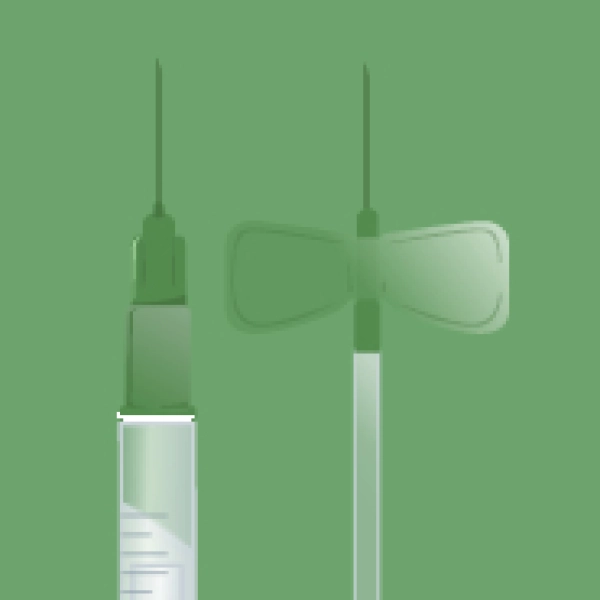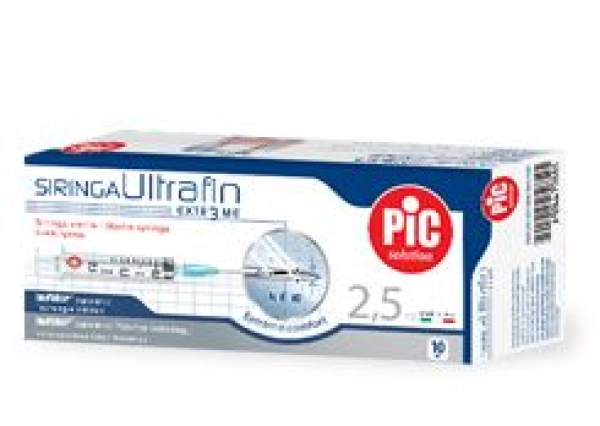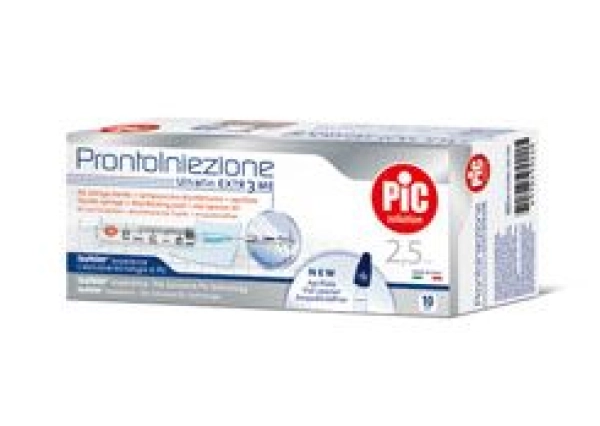

With an intramuscular injection, the muscular tissue can be reached, and absorption is quicker, reduced by about 20 minutes. It's also less painful than other types of injection. The fact is that the muscular fibers where the injection is administered contain lots of blood vessels and few nerve endings, 2 factors which mean that the intramuscular injection releases the drug more quickly and is less irritating than other injections.
The objective of the intramuscular injection is to release the drug deep into muscle mass with efficient blood circulation that helps it to be rapidly absorbed. The preferred muscles for doing an intramuscular injection are those containing the most blood vessels, like the deltoid muscle in the upper arm, the gluteal muscles (the hip and buttock areas), the thigh (vasogluteal muscle) and near the knee (the rectus femoris muscle).
Intramuscular injections are preferred to subcutaneous ones even when large volumes of drugs have to be injected. The substances used in intramuscular injections are water-based solutions or suspensions, but oil-based substances can also be injected. The maximum volume of a drug administered to adults is 5 milliliters.
When drugs can't be taken orally because of conditions linked to inadequate absorption of the medication, or there are swallowing issues, the intramuscular injection is a good alternative. It is also the method of choice for administering vaccines, some antibiotics and hormones.
Intramuscular injections can be painful and are not completely risk-free, which is why the World Health Organization issued 2 recommendations in 1998 that should be the basis for all procedures involving intramuscular injections: "an injection must only be given when absolutely necessary" and "every injection must be safe".





